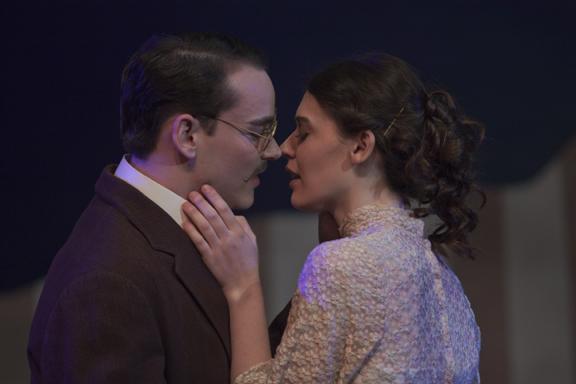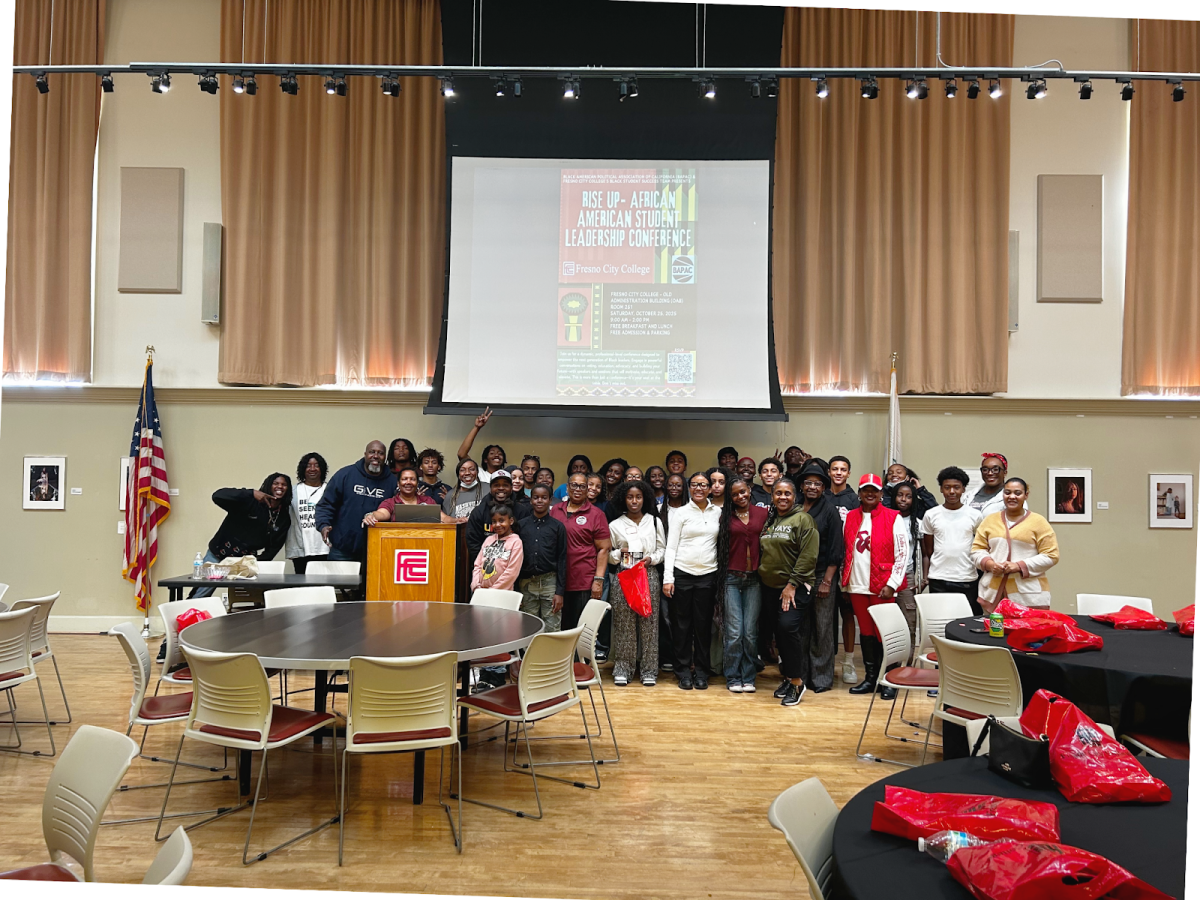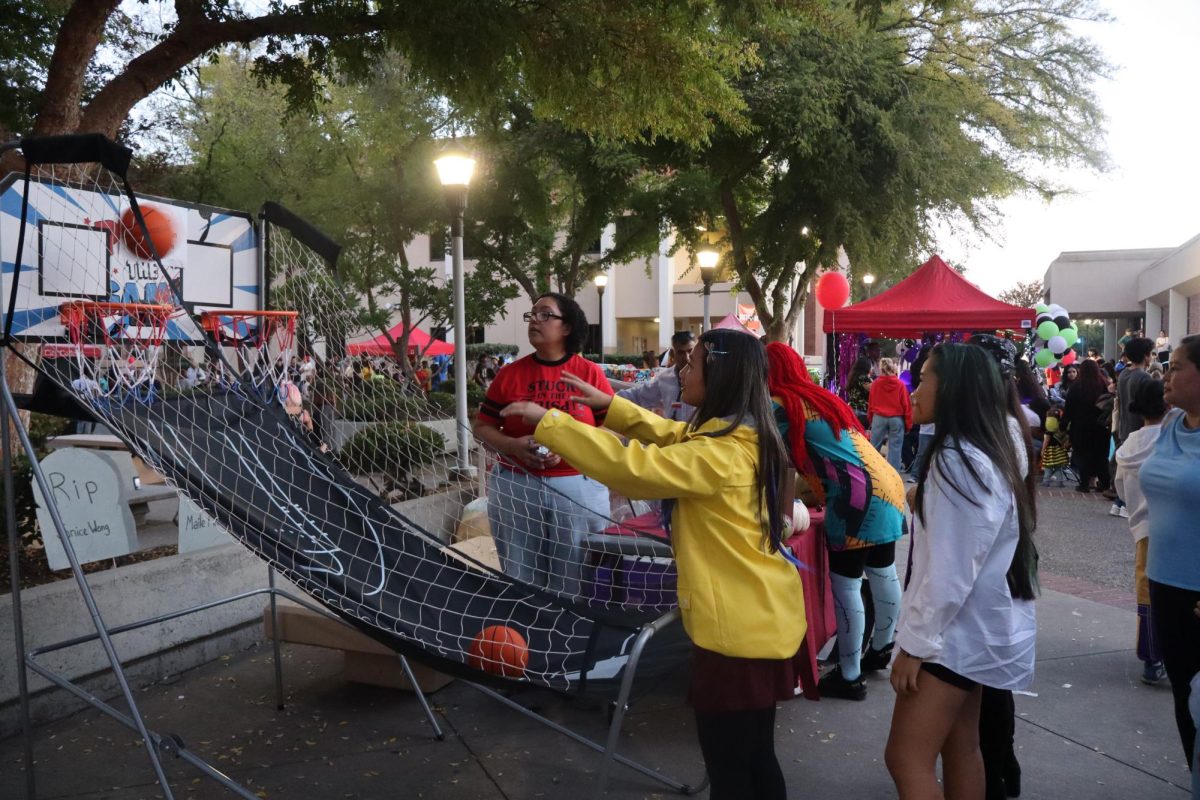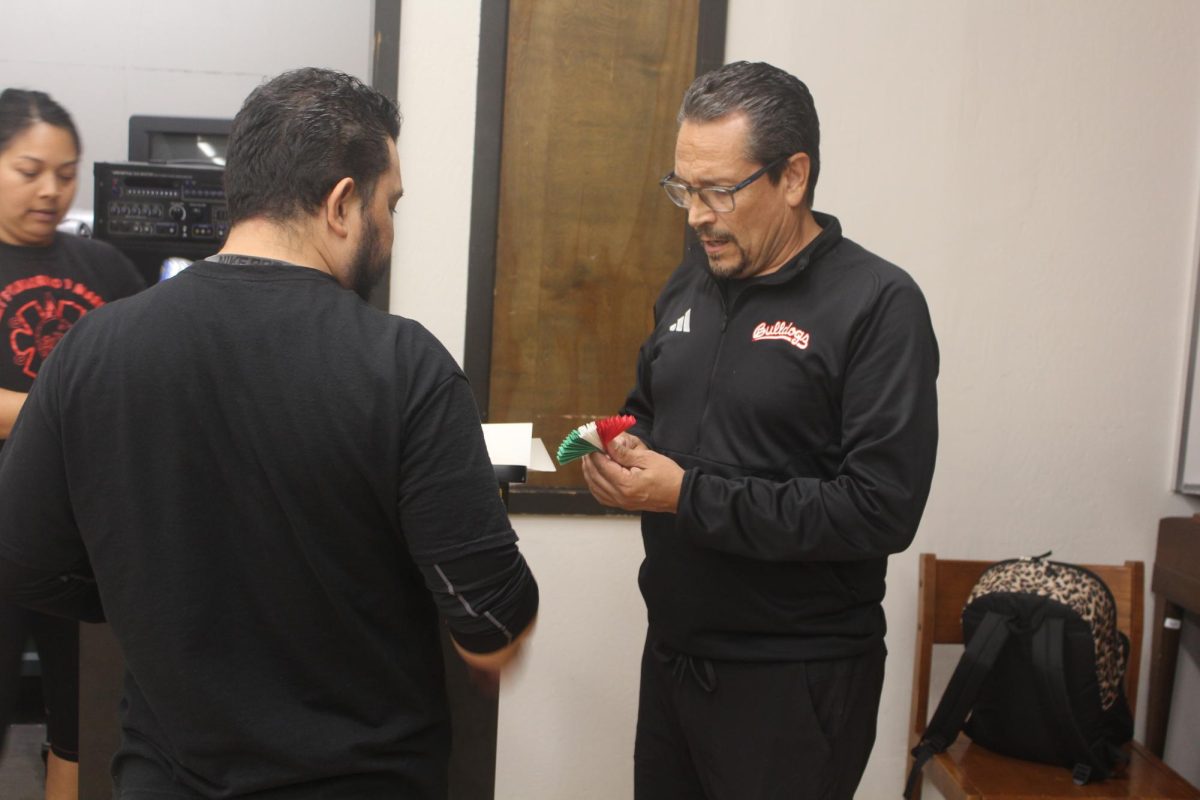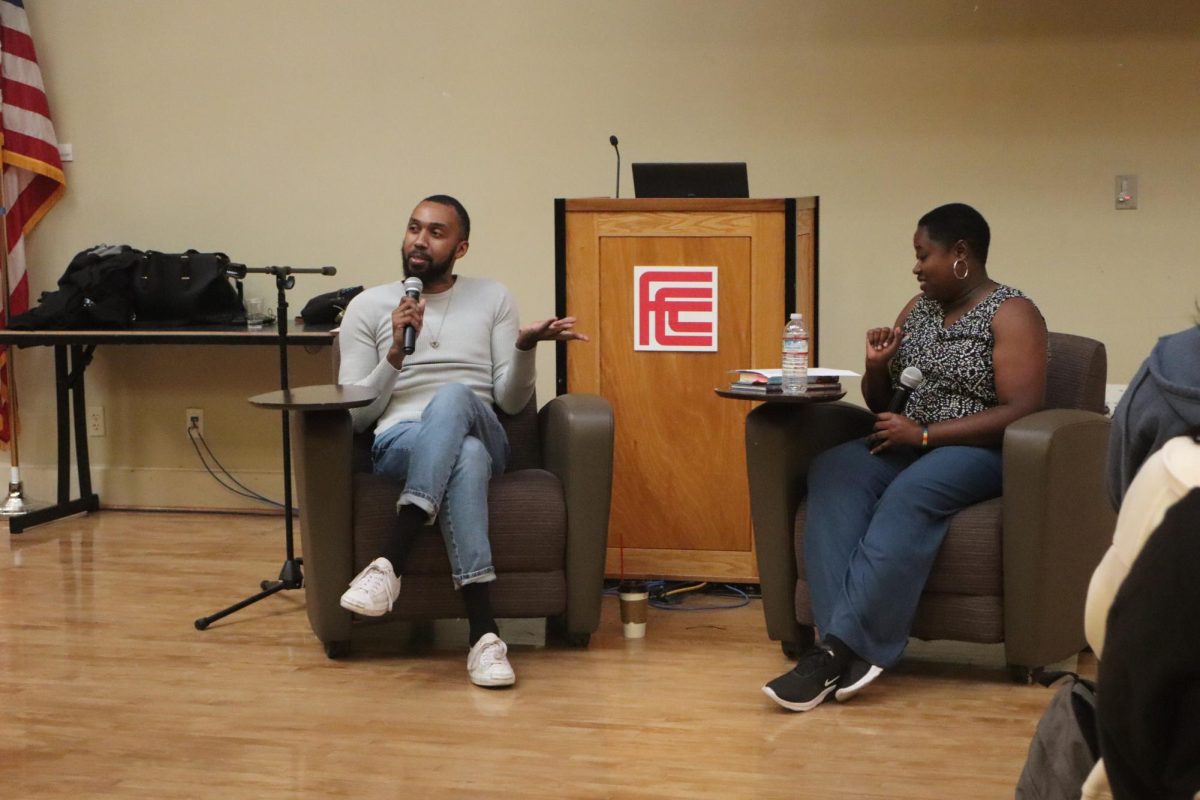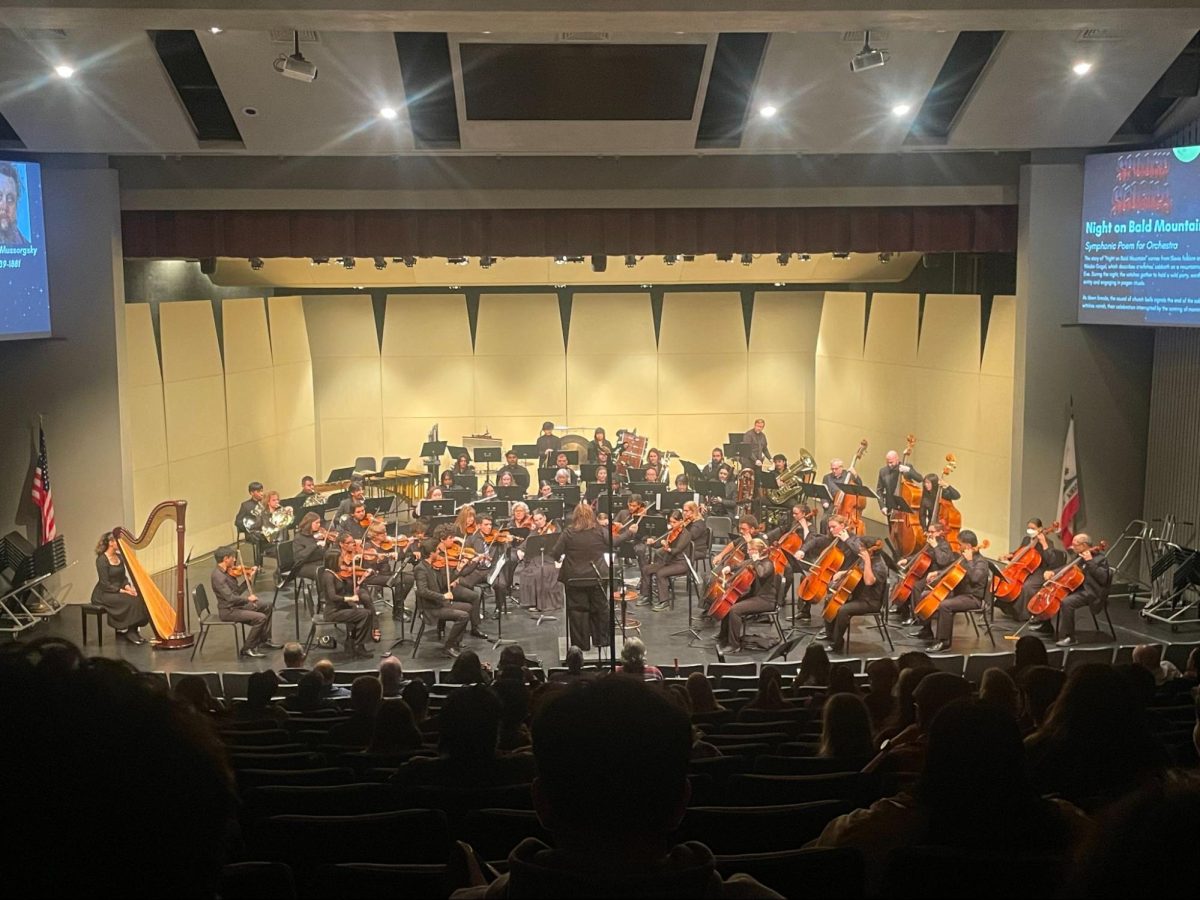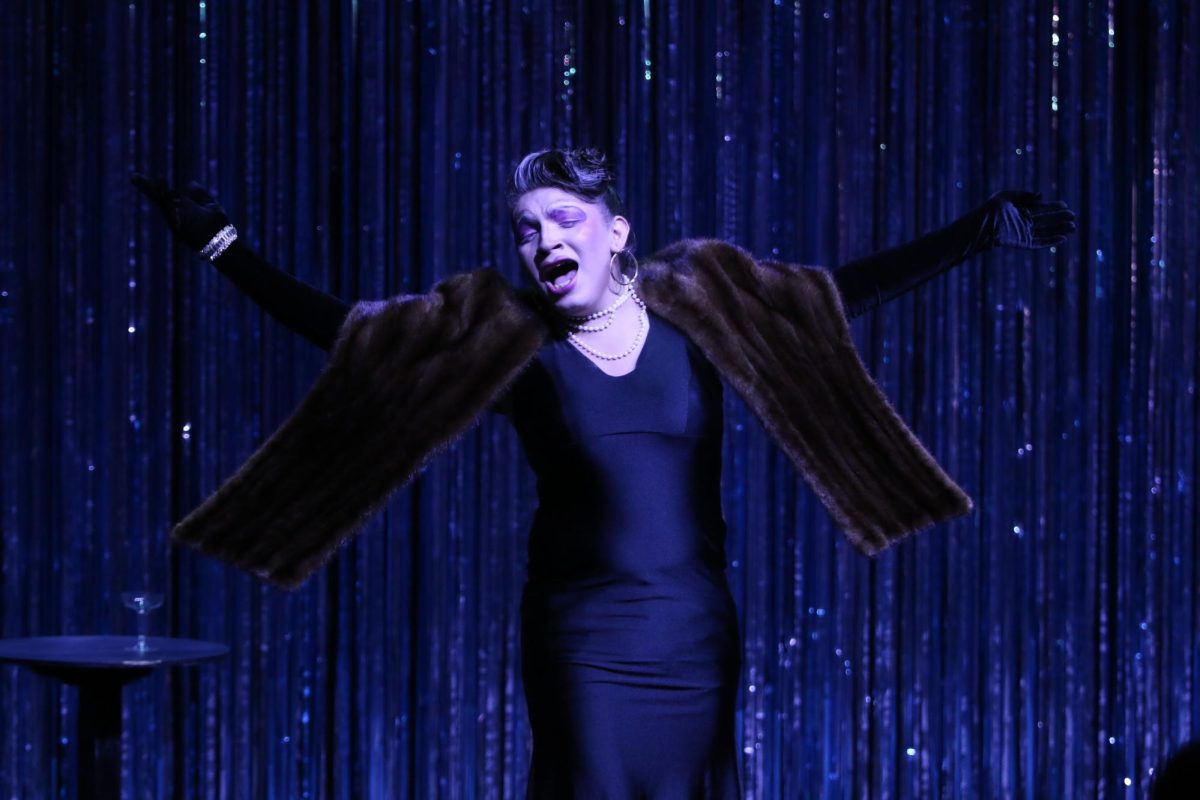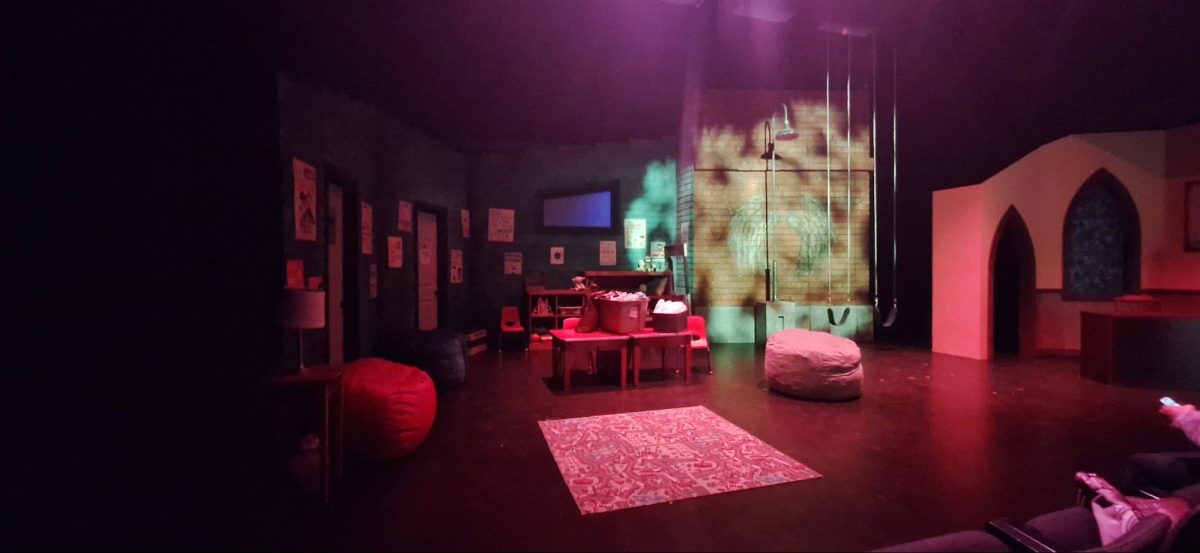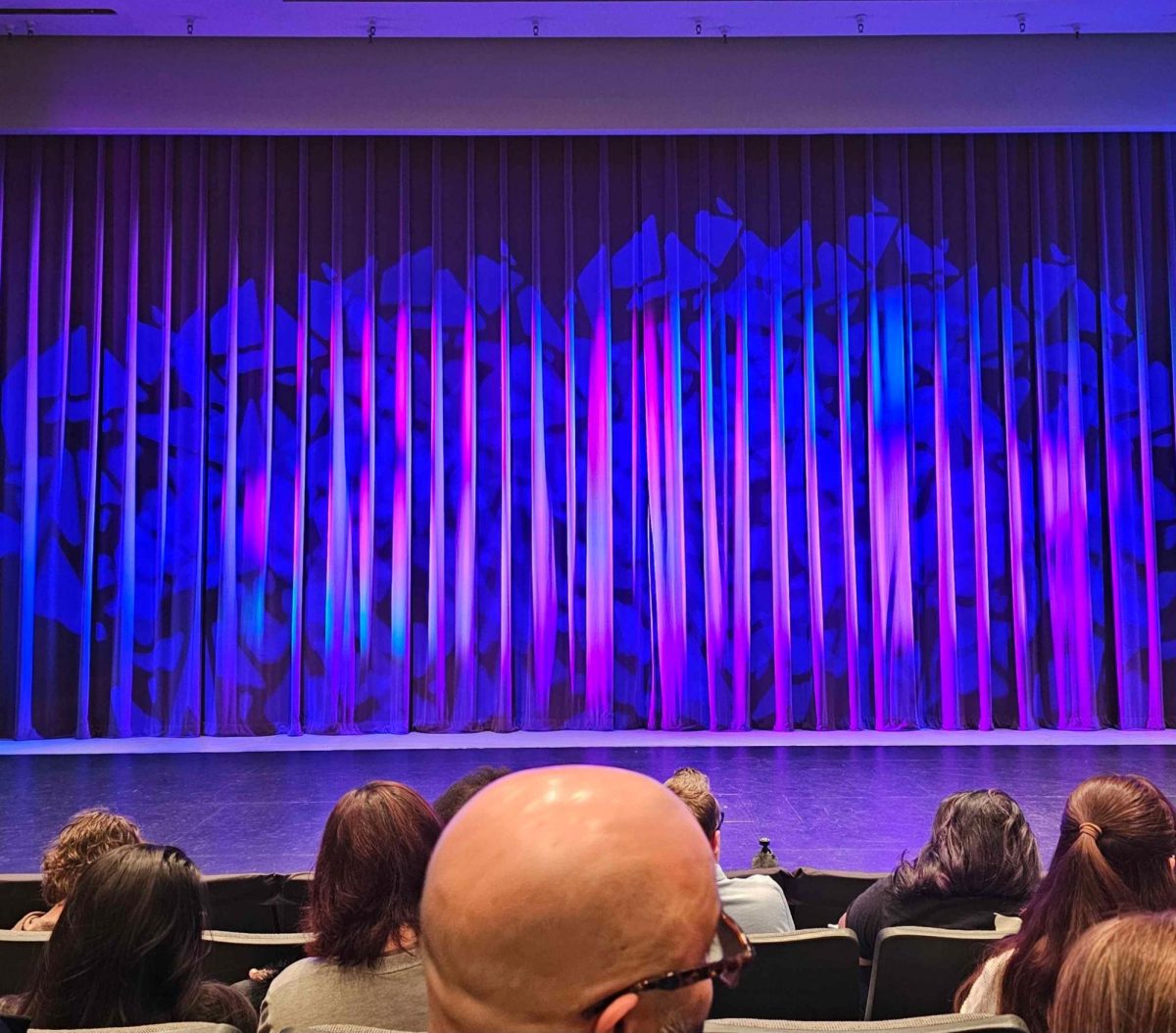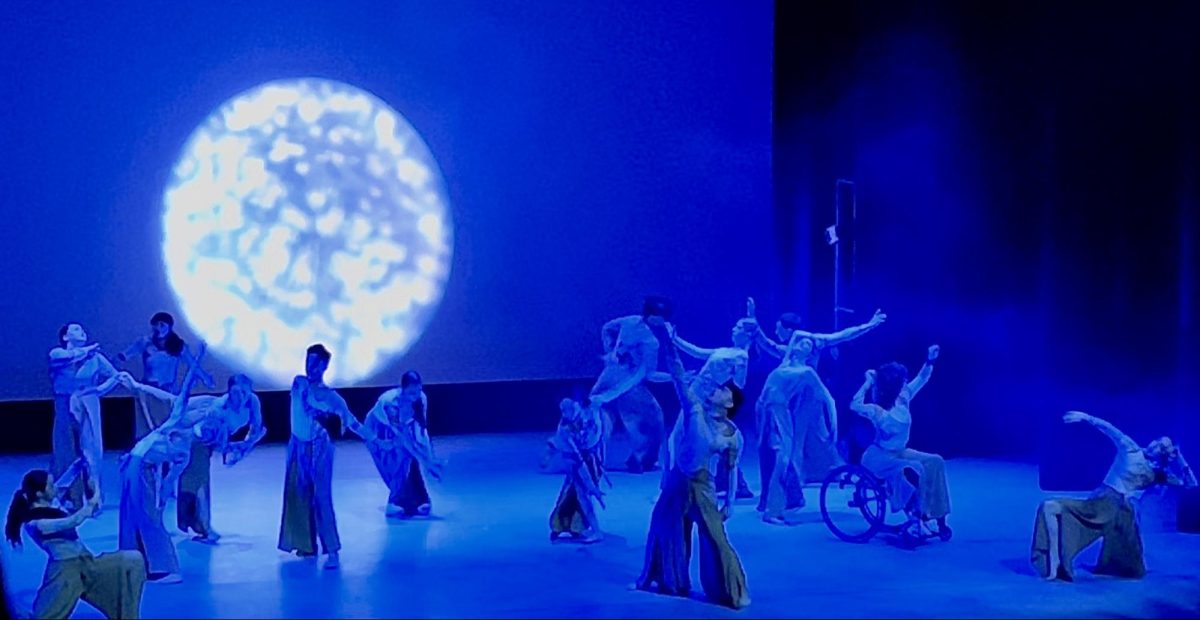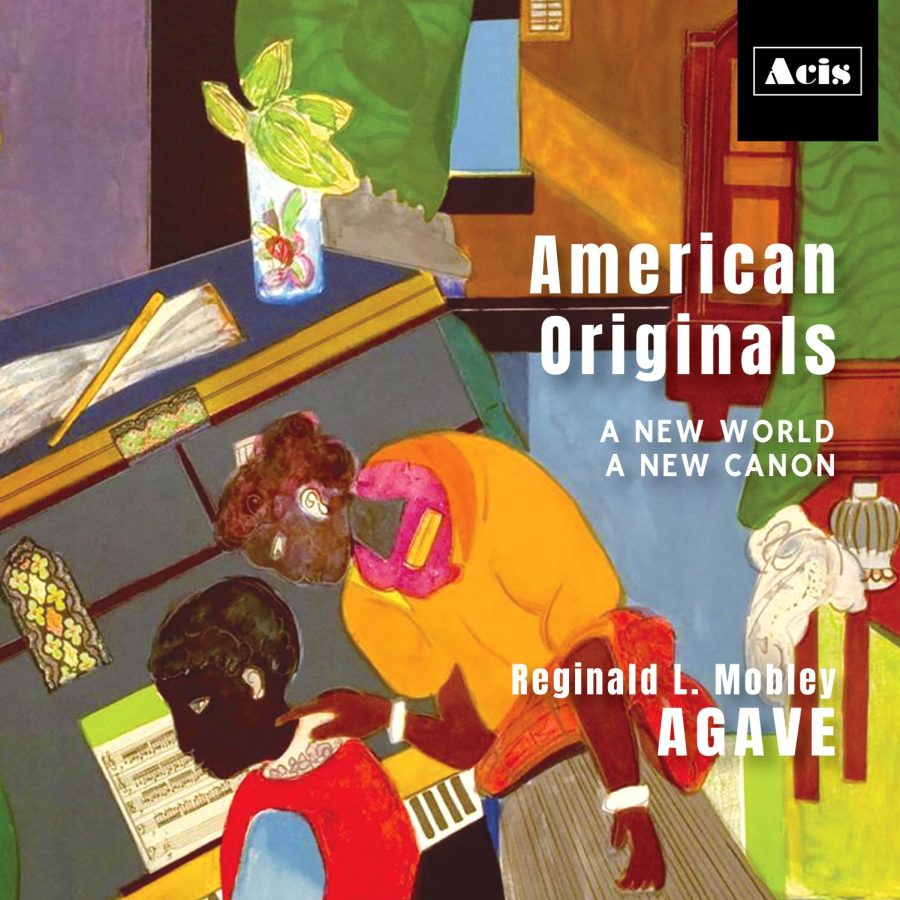At a country estate “not too far away,” the Fresno City College students acting in Jesse Lynch Williams’ play “Why Marry?” brought the conflicts of 20th century social issues to life on the March 1 premiere.
Using humor and the charming appeal of early 1900s fashion, “Why Marry?” captivated its small audience with its quick wit, talented actors and beautiful set design.
Although mistakes crept in momentarily, the opening of “Why Marry?” directed by James Knudsen was a rousing, refreshing success that transported its audience to a lovely yet challenged world for a couple of hours.
The light pastel tones and calming atmosphere of Christopher Boltz’s set design underscore the casual affluence of the wealthy family tangled in a web of touchy issues such as marriage, divorce and women’s individuality.
The audience is introduced to Jean and Rex first, a young engaged couple played by FCC students Krystal Brock and Javier Padilla. The couple is filled with doubts and fears of jumping into a loveless marriage. However, their problems are focused on less than those of Lucy and John, the eldest couple in the family who struggle to keep peace in their conservative and tense marriage.
Both couples are at odds with the desires and characteristics of Helen and Ernest. Played by Mallory Scott and Will Jorge, Helen and Ernest are the idealistic heroes in an era when women were expected to be nothing but voiceless housewives.
Yet with her brother John – played by Esau Mora – controlling her finances and her life, Helen must choose whether to deny her place in “normal” society or to enjoy an unmarried but happy relationship. John’s wife Lucy – played by Tamara Veres-Vailant – serves as the antithesis of Helen’s brave, bold optimism.
There are three central reasons “Why Marry?” was a success. Its realistic character development, the actors’ fluid teamwork and the snarky humor Williams interspersed in his play allow for a fast-paced, accessible and entertaining medium to discuss topics that can easily become weighed down by their own seriousness.
Characters like Helen are complex yet subtle enough to make “Why Marry?” relatable for individuals born decades after the play was produced.
Veres-Vailant does an excellent job building the tension in a woman expected to remain timid, weak and dedicated to her cold husband. By the end of the play it is revealed Helen is unhappy in her marriage and wants to leave. Despite this newfound courage to speak out, she ultimately stays a doting wife.
Esau Mora’s spineless, manipulative character keeps his heartless plans as a puppeteer right below the surface of his angry outbursts and superficial compliments.
As fellow actors, Veres-Vailant and Mora, along with the rest of the talented cast, work well to balance each other’s roles.
Although few mistakes, such as tripping on the stage designs or momentary forgetting of lines did occur, the actors were professional enough to progress easily from such mishaps. While some actors spoke too fast at times or jumbled their words, overall the play was understandable even with 20th century diction.
The hard work of the actors, along with the beautiful set design and intricate costumes made “Why Marry?” an entertaining experience while portraying the skills and passion of FCC college students.

